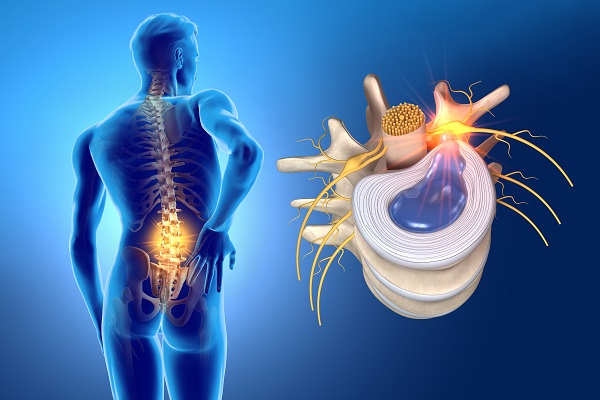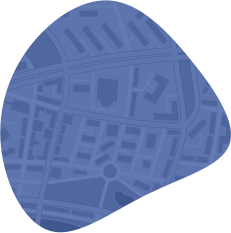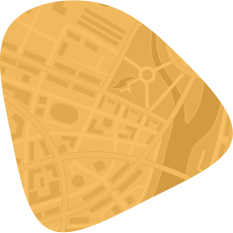
Back pain is one of the most common ailments that afflict Americans. According to the National Institute of Neurological Disorders and Stroke, back pain affects 80 percent of adults at some point in their lives. The causes of back pain can be numerous, ranging from acute injuries to chronic medical conditions. Some of the most common causes of back pain include poor posture, muscle strain, herniated discs, spinal stenosis, and degenerative disc disease.
While back pain is a common ailment, it should not be taken lightly. Back pain can interfere with daily activities, limit mobility, and negatively impact quality of life. It is important to seek proper treatment for back pain to address the root cause of the problem and manage symptoms.
Proper treatment for back pain depends on the underlying cause. Conservative treatments like rest, physical therapy, and medication may be effective for some individuals. However, surgical intervention may be necessary for more severe cases.
Seeking proper treatment for back pain can not only help manage symptoms, but also prevent the condition from worsening and reduce the risk of future complications. It is important to consult with a qualified healthcare professional who can accurately diagnose the cause of the pain and develop a personalized treatment plan.
If you're looking for treatment options for your back pain, our pain doctor at IMC Bone Doc may be able to help. Dr. Stephen Wade is an experienced board-certified pain management specialist who provides exceptional healthcare to patients in New York and offers a range of treatments for back pain. To learn more about how we can help you, schedule an appointment today. We have seven New York office locations with same-day appointments often available for patient convenience.
Back Pain From Herniated Discs
A herniated disc occurs when the soft inner core of a spinal disc protrudes through the outer layer and presses against nearby nerves, causing pain and discomfort. Herniated discs can occur in any part of the spine, but they are most common in the lower back and neck.
There are several factors that can cause a disc to herniate. Aging is a major factor, as the discs in the spine naturally lose some of their water content and become less flexible over time. Injuries to the spine can also cause a herniated disc, as can heavy lifting, twisting, and other activities that put undue stress on the back.
Symptoms of a herniated disc can vary depending on the location and severity of the herniation. Common symptoms include pain in the back, neck, arms, or legs; numbness or tingling in the affected area; and weakness in an affected limb. In severe cases, a herniated disc can cause bowel or bladder dysfunction, which requires immediate medical attention.
Diagnosis of a herniated disc typically involves a physical exam, medical history, and imaging tests such as X-rays, MRI, or CT scans. Treatment options vary depending on the severity of the herniation and the individual patient's needs, but one minimally invasive procedure that has shown promise in treating herniated discs is percutaneous discectomy.
What is Percutaneous Discectomy?
Percutaneous discectomy, also known as a minimally invasive discectomy or a Dekompressor discectomy, is a procedure that is gaining popularity as a treatment for herniated discs. It is a minimally invasive procedure that can provide prompt pain relief and is an alternative to traditional open surgical discectomy.
During a percutaneous discectomy, a small needle is used to reach the disc, eliminating the need for an incision. The needle is guided to the disc by fluoroscopy, which is a real-time X-ray imaging technique. Once the needle is in place, a probe with a rotating tip is inserted through the needle. When the probe is turned on, its rotating tip removes small portions of the disc nucleus, creating space for the disc to reabsorb the herniation and relieve pressure on the nerve.
Percutaneous discectomy has several advantages over traditional open surgical discectomy. First and foremost, it is a minimally invasive procedure that does not require a large incision, resulting in less trauma to the surrounding tissue and shorter recovery time. Because it is performed through a needle puncture, there is also less risk of infection and other complications associated with open surgery.
Another advantage of percutaneous discectomy is that it can be performed on an outpatient basis, which means that patients can go home the same day as the procedure. In contrast, traditional open surgical discectomy often requires an overnight hospital stay.
Percutaneous discectomy is also a more conservative treatment option than traditional open surgery, making it a preferred choice for patients who want to avoid more invasive procedures. Additionally, because the procedure only removes enough of the disc to reduce pressure inside, the spine remains stable, reducing the risk of future complications.
While percutaneous discectomy is not appropriate for all herniated discs, it is a promising treatment option that is gaining popularity among patients and healthcare professionals alike.
Schedule an appointment with our pain management specialist
At IMC Bone Doc, patients can expect a thorough evaluation of their symptoms and medical history. Our pain doctor will ask detailed questions to better understand the nature of the pain, such as where it is located, when it started, and what activities or postures exacerbate it. Even minor back pain can be a warning sign of a deeper underlying problem, so it's important to identify the root cause. Once a diagnosis is made, our pain doctor can recommend a treatment plan that considers your specific needs and preferences. To learn more about your potential treatment options, contact us today. We have seven offices, including locations in the Bronx, Brooklyn, Queens, and Long Island.






















